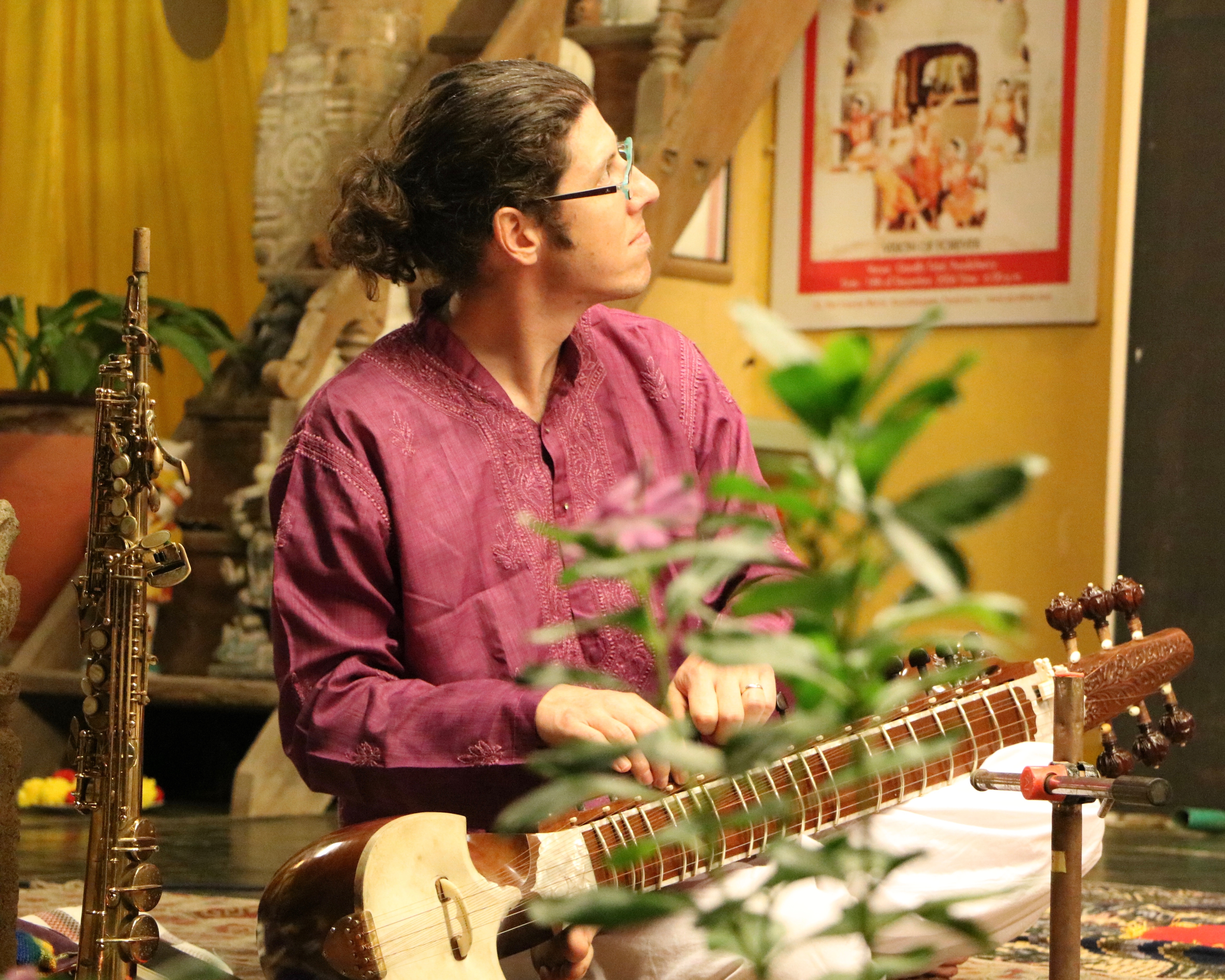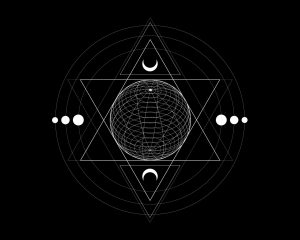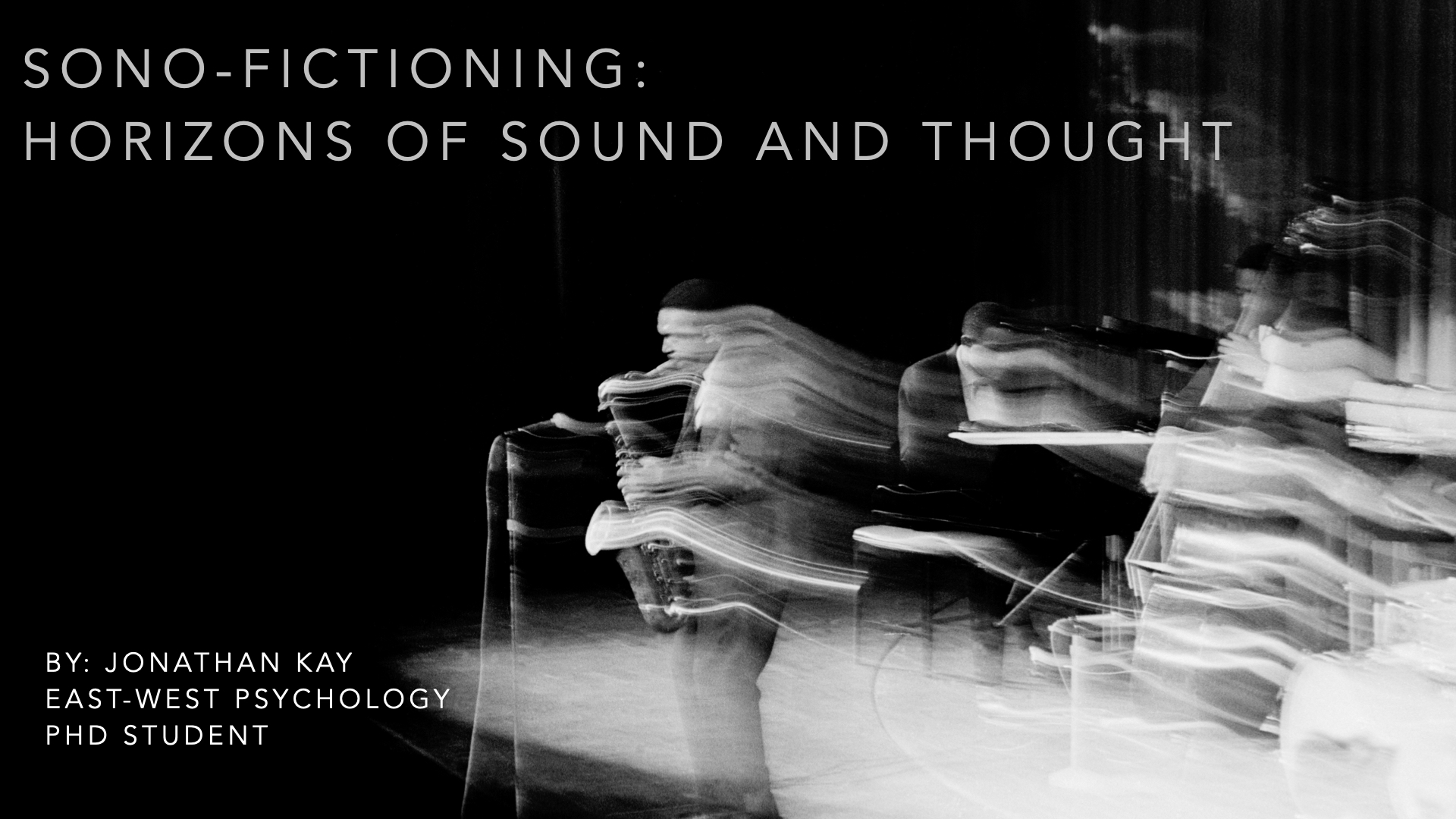
Sono-Fictioning: Horizons of Thought and Sound
An Arts-Based Academic Research Presentation for The East-West Psychology Student Symposium, May 13, 2022
In this paper, I explore the provocative question posed by Francois Laruelle: is philosophy the greatest music, or is music the greatest philosophy? Laruelle argues that philosophy has long asserted its authority to think about music, which has led to an overdetermination of music through philosophical discourse. My central inquiry is whether music can think on its own terms without the need for philosophy and whether a co-creative encounter between music and philosophy is possible. As a scholar-practitioner, I investigate these intersections between thinking/philosophy and sound/music in arts-based research. Drawing upon the work of French thinkers Francois Laruelle and Gilles Deleuze, I examine the dominant and epistemic dogmatic image of thought that has historically privileged the scholar over the practitioner. Deleuze and Laruelle’s methods aim to overcome this dogmatic image of thought, which limits the conditions of possibility and creativity in knowledge production. The paper then delves into Deleuze and Laruelle’s strategic and experimental methods for engaging in knowledge production from alternative postures, such as fabulation, becoming-minor, and philo-fictioning. These methods are future-oriented, “messianic” (Laruelle), or “for a people to come” (Deleuze), and facilitate heretical individuation, unleashing creative potentials required to build a new future transindividual. I explore how these methods can facilitate a co-creative encounter between music and philosophy, which I term sono-fictioning, and offer insights on how the jazz music of John and Alice Coltrane and William Parker can be seen as functioning as sono-fictioning. I argue that this co-creative encounter between music and philosophy can transgress disciplinary boundaries and open up new avenues for knowledge production. The paper concludes by discussing my own practice of sono-fictioning and sharing a diagram that aims to transduce aesthetic, political, and ethical elements in the fictioning of a people to come, and the precipitation of a transindividual sound-body.
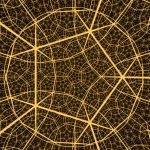 Previous Post
Previous Post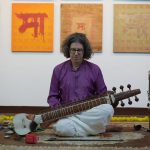 Next Post
Next Post
